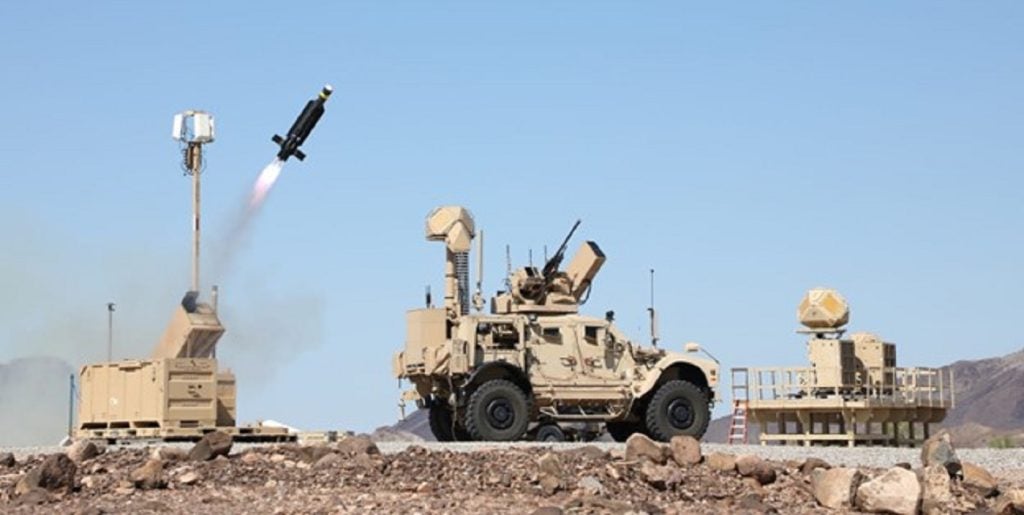Raytheon, an RTX business, has successfully tested its low, slow, small-unmanned aircraft integrated defence system (LIDS) during the US Army’s annual summer test period.
LIDS employs the Ku-band Radio Frequency Sensor (KuRFS) and the Coyote small-unmanned aerial system (sUAS), which together provide detect and defeat capabilities for the US Army.
The KuFRS leverages an active electronically scanned array for precision tracking and high-resolution imaging while the Coyote is a small, expendable and tube-launched sUAS that can be used either individually or as part of drone swarms to carry out missions such as electronic warfare, surveillance and strike.
In collaboration with the US Army’s Integrated Fires and Rapid Capabilities Office, Raytheon demonstrated its C-UAS systems for the LIDS during tests as early as October 2021, which also used the Ku-720 mobile sensing radar.
In October 2022, the Army awarded Raytheon a contract for the LIDS network to equip two Army divisions, followed by a contract for an additional quantity of fixed site and mobile LIDS systems awarded to further support the US Army’s Central Command. A third contract was recently awarded, intended to equip a third Army division.
“This marks another milestone in the proven track record of success and performance of our counter-UAS [C-UAS] capabilities,” said Tom Laliberty, president of Land and Air Defense Systems at Raytheon.
“As the threat of unmanned systems continues to grow, the performance and reliability of a complete C-UAS system is critical – and we remain committed to the continuous improvement of these systems to provide our customers with an effective solution to stay ahead of the threat.”
The persistent, 360-degree KuRFS radar excelled in a stress test, successfully detecting and tracking a complex swarm of more than 30 UASs. Meanwhile, Coyote defeated several targets, singles and swarms, demonstrating reduced engagement timelines to defeat multiple threats.
The tests validated the recent hardware and software enhancements made to both systems to optimise capability and performance.









